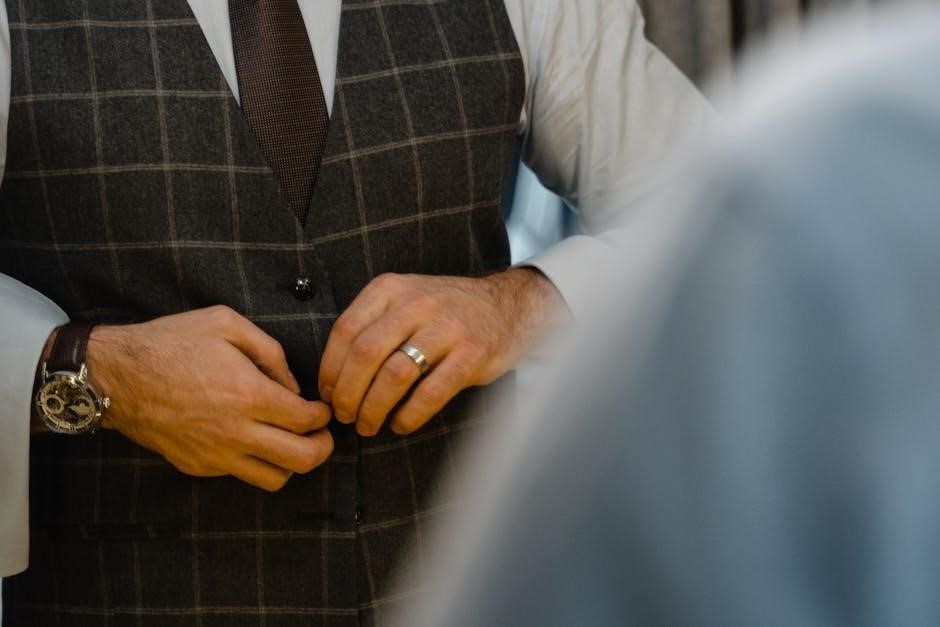Accurate ring measurement is essential for ensuring a perfect fit and comfort. This guide provides a comprehensive overview of various methods, tools, and tips to help you determine your ring size confidently. Whether purchasing or wearing, proper sizing guarantees satisfaction and style.
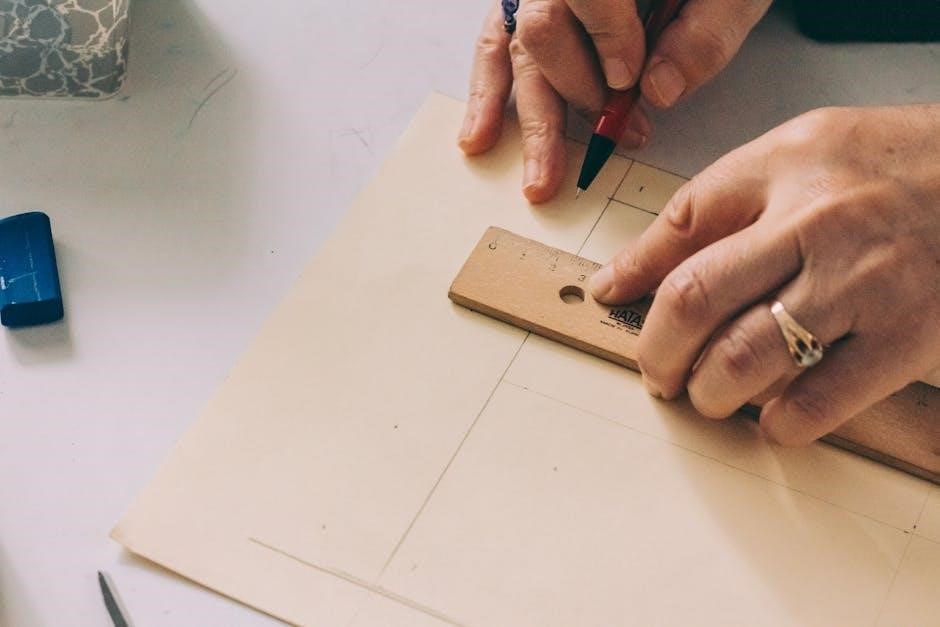
Understanding Ring Sizes
Ring sizes vary across regions and countries, with different standards used globally. In the US, sizes range from 0 to 16, while in the UK, they are labeled from A to Z. EU sizes are numerical, often starting at 40 and increasing by 2mm increments. Men’s and women’s sizes differ slightly, with men’s typically being larger. Understanding these differences is crucial for accurate measurements. A proper fit ensures comfort and prevents resizing. Always refer to a sizing chart for precise conversions and guidance. This section helps you navigate the complexities of ring sizing, ensuring the perfect fit for any occasion.
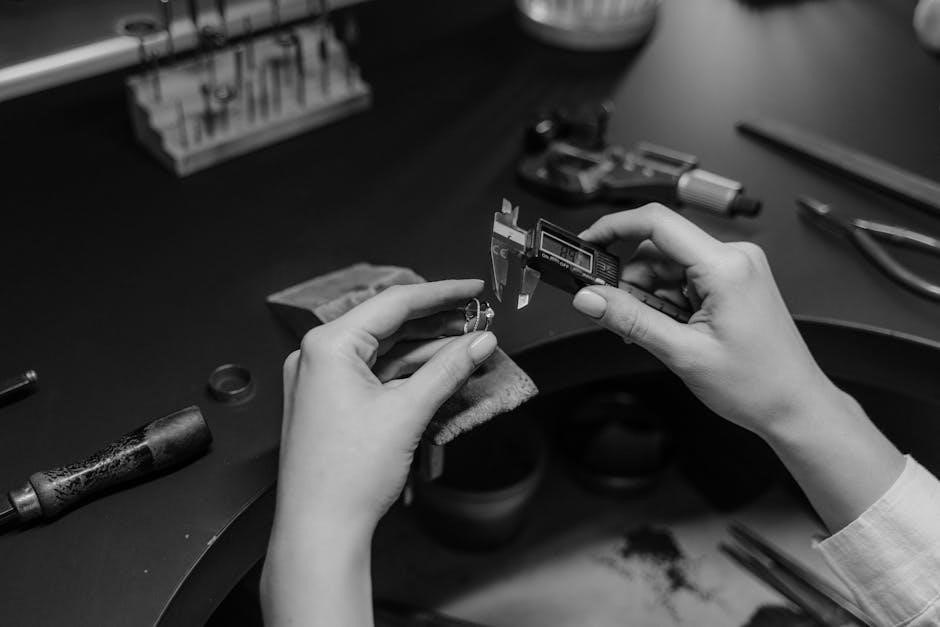
Methods for Measuring Ring Size
Measuring ring size can be done using a ring size chart, the string or paper method, or a professional ring sizer tool. Each method provides accurate results when executed correctly, ensuring a comfortable and proper fit for any ring.
3.1 Using a Ring Size Chart
Using a ring size chart is one of the most common and accurate methods to determine your ring size. Start by printing the chart on paper, ensuring the scale is set correctly. Place an existing ring that fits well over the circular diagrams on the chart, aligning it with the inner edge of the ring. Measure the diameter of the ring against the chart to find the corresponding size. If the ring falls between two sizes, opt for the larger one for comfort. For those without an existing ring, wrap a string or paper strip around the finger, mark the overlap point, and measure the length against the chart. International sizes are also included, making it easy to convert between US, EU, and UK standards. Always consider finger size fluctuations due to temperature or time of day, as this can affect the fit. For precise results, measure at the end of the day when fingers are at their largest. This method is simple, effective, and ensures a perfect fit for your ring.
3.2 The String or Paper Method
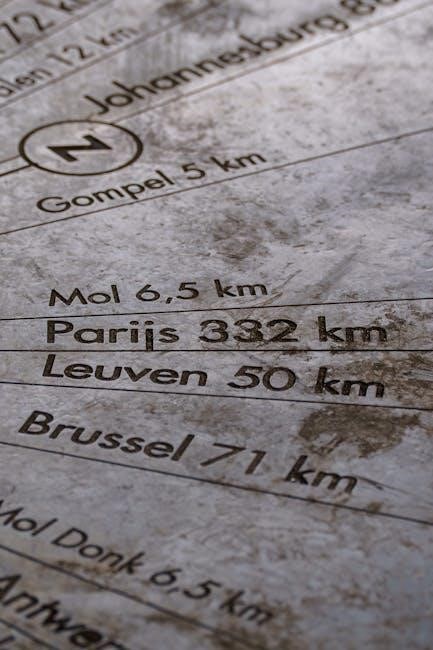
The string or paper method is a simple and practical way to measure your ring size at home. To begin, cut a strip of paper or use a flexible string, ensuring it is no wider than 1.5 cm. Wrap the string or paper snugly around the base of the finger you wish to wear the ring on, making sure it is not too tight or too loose. Mark the point where the ends of the string or paper meet with a pen. Measure the length of the marked section using a ruler or millimeter gauge. Compare this measurement to a ring size chart to determine your size. For accuracy, the string or paper must fit comfortably without causing discomfort or restricting movement. If the measurement falls between two sizes, it is advisable to choose the larger size for a comfortable fit. This method is especially useful when you do not have an existing ring to reference. It is important to measure at the end of the day, as fingers tend to swell slightly, ensuring the best fit. By following these steps, you can easily determine your ring size without any special tools.
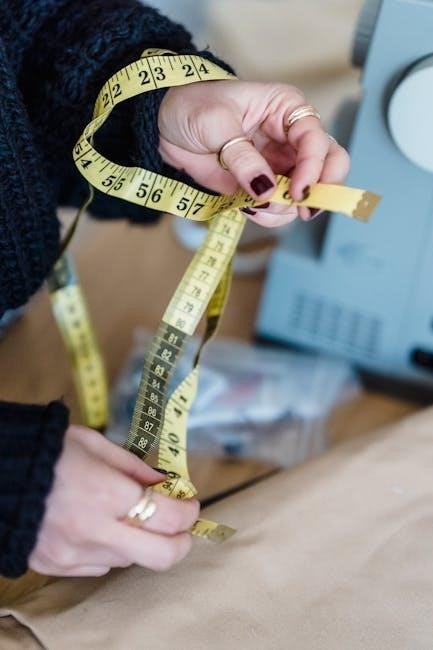
International Ring Size Conversions
Understanding international ring size conversions is crucial for ensuring the perfect fit across different regions. The US, EU, and UK use distinct measurement systems, requiring a conversion chart to match your size accurately. Always compare your measurement to the appropriate standard for precise sizing.
4.1 Converting US to EU Sizes
Converting US to EU ring sizes requires a precise understanding of their respective measurement systems; In the US, ring sizes are based on the inner circumference of the ring, while EU sizes follow a diameter-based system. To convert, compare the US size to the EU size using a conversion chart. For example, a US size 6 corresponds to an EU size 52, and a US size 7 corresponds to an EU size 54. Always refer to a detailed international ring size chart to ensure accuracy. Jewelers often provide these charts to help customers find their size across different regions. When converting, consider that EU sizes increase by 2 millimeters in diameter for each size increment, unlike the US system, which uses a more gradual scale. Double-checking your measurements with a professional or a reliable conversion tool is recommended for a perfect fit.
4.2 Converting US to UK Sizes
Converting US to UK ring sizes involves understanding the differences in their sizing systems. While US sizes are numerical, UK sizes use a letter-based system (A-Z). To convert, refer to a conversion chart that aligns US sizes with their UK equivalents. For example, a US size 6 corresponds to a UK size L, and a US size 7 corresponds to a UK size N. The UK system increments by smaller measurements compared to the US system, so accuracy is crucial. Always use a reliable international ring size chart to ensure the correct conversion. If unsure, consult a jeweler or use a printable sizing tool to measure your finger or an existing ring. Double-checking your size with a professional can prevent sizing errors and ensure a comfortable fit. Remember, consistent measuring methods and tools are key to accurate US to UK size conversions.
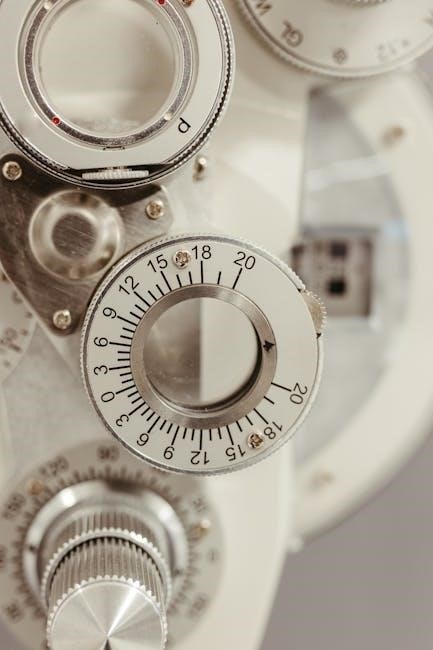
Factors Affecting Ring Size
Factors like weight fluctuations, temperature, and time of day can influence finger size. Natural swelling, medical conditions, or seasonal changes may also impact ring fit. Considering these elements ensures accurate measurement for optimal comfort and style.
5.1 Finger Size Fluctuations
Finger size can vary due to natural bodily changes, making it essential to consider these fluctuations when measuring for a ring. Weight changes, fluid retention, and hormonal shifts can cause fingers to swell or shrink. Temperature also plays a role, as fingers tend to be smaller in the cold and larger in the heat. Time of day matters too, with fingers typically smaller in the morning and larger in the evening. Seasonal changes, such as warmer weather leading to fluid retention, can also affect size. Medical conditions like arthritis or pregnancy may cause temporary or permanent swelling. Understanding these factors helps in choosing the right size for comfort and ensures the ring fits well throughout the day. Measure your finger at a neutral time, ideally at room temperature, to get the most accurate size. Consistency is key, so take multiple measurements under similar conditions. If purchasing as a surprise, consider the person’s average size and consult a professional jeweler for guidance.
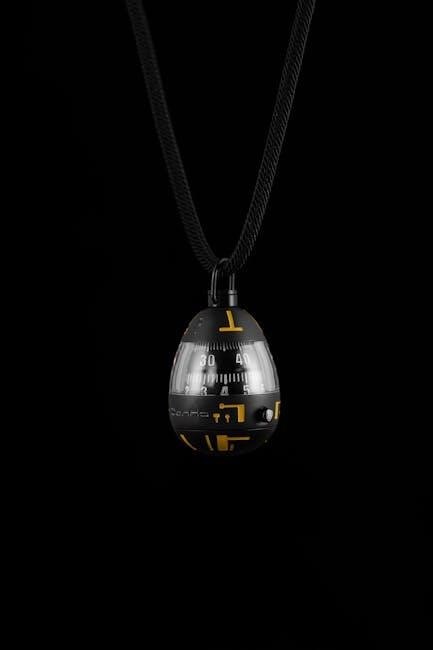
Tips for Accurate Measurement
Ensuring an accurate ring measurement is crucial for a perfect fit. Start by using a ring size chart or a professional ring sizer for the most precise results. If using the string method, wrap it snugly but not too tight, as this can lead to an incorrect size. Measure your finger at room temperature, as extreme heat or cold can cause fluctuations. Avoid measuring when your hands are swollen or overly dry, as this may result in an inaccurate reading. For the best fit, consider the thickness of the ring band, as wider bands require a slightly larger size. If unsure, it’s better to opt for a slightly larger size to ensure comfort. Measure the same finger you plan to wear the ring on, as sizes can vary between fingers. Take multiple measurements at different times of the day to account for any natural fluctuations. Finally, consult a jeweler if you’re still unsure, as they can provide professional guidance for the most accurate fit. By following these tips, you’ll ensure your ring fits perfectly and comfortably.

Printable Ring Size Chart
A printable ring size chart is a convenient tool for determining your ring size from the comfort of your home. These charts typically include scaled diagrams of ring sizes, allowing you to compare an existing ring or measure your finger directly. To use the chart, print it on high-quality paper and ensure the scale is set to “actual size” in your printer settings. Once printed, place a ring you already own over the circles on the chart to find a match. If you don’t have a ring, you can wrap a string or paper strip around your finger, mark the overlap point, and measure the length against the chart. Many online resources offer downloadable charts in US, EU, and UK sizes, making it easy to find one that suits your needs. For the most accurate results, measure your finger at room temperature and avoid sizing when your hands are swollen. Printable charts are especially useful for online shoppers who want to ensure the perfect fit before making a purchase. This simple yet effective tool helps you make informed decisions and eliminates the guesswork of ring sizing.
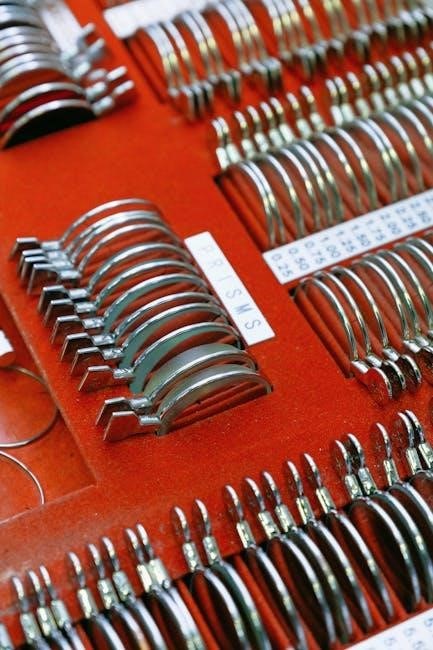
How Jewelers Measure Rings
Professional jewelers use precise tools and methods to ensure accurate ring measurements. The most common tool is a ring mandrel, a tapered cylinder with marked size graduations. Jewelers slide the ring onto the mandrel to determine its size by aligning it with the closest mark. For direct finger measurement, jewelers often use a set of ring sizers, which are metal or plastic rings in various sizes. Customers try them on to identify the best fit. Additionally, jewelers may use calipers to measure the inner diameter of a ring, providing exact measurements in millimeters that can then be converted to standard ring sizes. This method is particularly useful for custom or unusual rings. Jewelers also consider international sizing standards, maintaining charts to convert between US, EU, and UK sizes. Some jewelers may even use digital tools for precise measurements. Overall, their expertise ensures a perfect fit, crucial for both comfort and satisfaction.
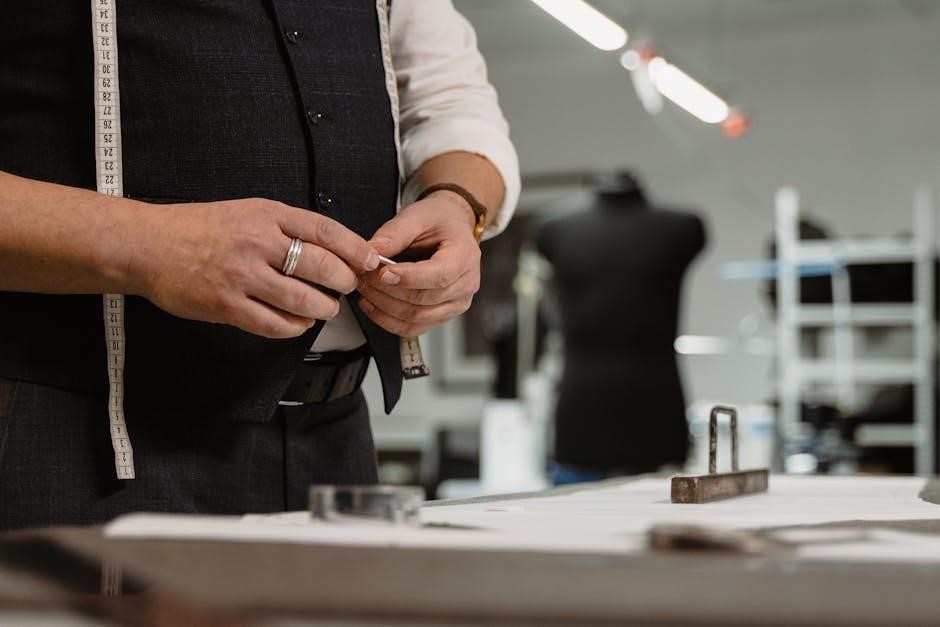
Common Mistakes to Avoid
When measuring ring size, several common mistakes can lead to inaccurate results. One of the most frequent errors is not accounting for finger fluctuations, as sizes can vary due to temperature or time of day. Measuring at the end of the day or in hotter climates can result in a larger size, while cooler conditions may lead to a tighter fit. Another mistake is using a ring that doesn’t fit well as a reference. If the ring is already too tight or too loose, it won’t provide an accurate measurement. Additionally, misaligning the ring on the sizing chart is a common oversight. Ensuring the ring is centered and aligned with the chart’s markings is crucial for an accurate reading. Many people also forget to consider the ring’s width, as wider bands may require a slightly larger size for comfort. Lastly, not double-checking measurements can lead to errors, so it’s essential to verify results using multiple methods. Avoiding these pitfalls ensures a precise fit and lasting satisfaction.
Measuring ring size accurately is a simple yet crucial process to ensure a comfortable and stylish fit. By using tools like ring size charts, the string method, or professional jewelers, you can determine your size with confidence. Remember, factors like finger fluctuations and ring width can affect measurements, so double-checking is essential. Whether you’re shopping online or in-store, having the right size guarantees satisfaction. Don’t hesitate to consult a jeweler for complex cases, as their expertise ensures precision. With the tips and resources provided, finding your perfect fit is easier than ever. Happy shopping for your ideal ring!
